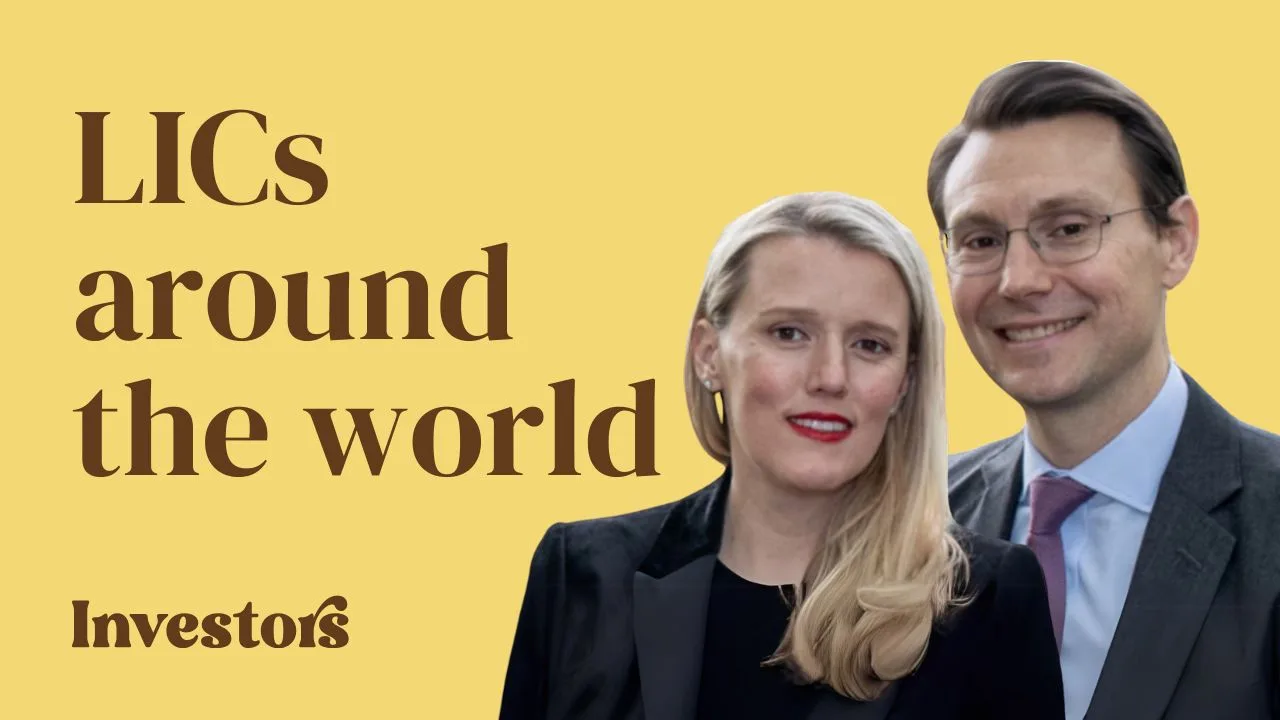Steven Bennett is the Head of Charter Hall’s Direct Property business, overseeing $11 billion of property assets across Australia.
Steven joins Owen Rask for an exploration on all things direct property and REITs, including how property funds are constructed, the risks, opportunities and what it takes to buy and hold property in Australia.
Steven Bennett podcast talking points
- How would you describe “direct property” to someone who only had knowledge of residential property and REITs?
- Can you name one investor you have met personally or interviewed, and what you learned?
- What’s one thing you have learned about investing in the past year?
What should an investor consider when looking at a direct property fund?
- WALE, syndicates, vacancy rates, cap rates, incentives, etc.
- Correlation to listed property, residential, local and global equities, and bonds would be great.
- Risk measures – volatility, asset quality, etc.
- Gearing – look-through and % GAV
- Liquidity gates and redemptions
- Quality of the tenants – how do you judge this yourself at the tenant level and portfolio level?
Over the past three years we have experienced a global pandemic, forcing everyone to work from home (if they weren’t already), further penetration of online stores and business models, and now, high inflation. I was reading some Morningstar research recently which stated that, “the retail and office sectors face structural demand headwinds from online retail and flexible working respectively.” (Morningstar research on CLW)…
Can you describe the implications that these macroeconomic or socioeconomic factors have had on all three buckets for direct property funds? Examples will help.
- Retail – online delivery and WFH movement
- Office – Vacancy rates are still high, will they go back?
- Industrial – capital-light business models, etc.
Another quote I came across recently (AFR I think):
“With many companies embracing hybrid work models, Sydney’s average office occupancy rate now sits at 59%, where it has sat for nearly a year. And this indicates that there’s a lot of underutilised office space out there. Much of this excess space will not be easily subleased for one reason or another. So, it’s likely many businesses are riding out their remaining lease tail and paying for excess space they’ll eventually shed.”
Vacancy versus incentives versus quality. Barrenjoey said in 2023 that vacancy rates puts commercial property values at risk. Tenant CS says, “Sydney CBD’s vacancy rate jumped from 10.1% in Q3 to 11.1% in Q4, with vacancy across all grades increasing.”
- Can you describe the implications of higher vacancy rates on property values while also working through the machinations or interplay between vacancy <<>> incentives <<>> flight to quality?
- Where do you see vacancy rates landing in 2023 and what happens in 5 or 10 years, when the WALEs imply a natural expiration of the current batch of leases?
- Could competition for high-quality tenants be a risk or increase incentives and cash outflows for property owners?
Broadly speaking, because everyone can speak to their financial planner, what are the target allocations you often see towards commercial real estate? Can you talk about where you think it might sit in a portfolio, based on risk-return characteristics?
- Why would someone prefer commercial property to residential? Any statistical or data-backed opinion would be great.
We’ve spoken about the macroeconomic risks, as well as shifts in working arrangements or technology, but how about gearing. How do you assess what is, or isn’t, an appropriate amount of gearing for each fund or property, how do you assess it, think about refinancing, etc.
Over your career, which could be considered very distinguished given your fund’s ratings agency reviews, awards and your appointment to industry bodies, which property assets or deals are you most proud of and why?
Final question, more philosophical, what’s one thing about finance or investing you believe that few others would agree with you on?






